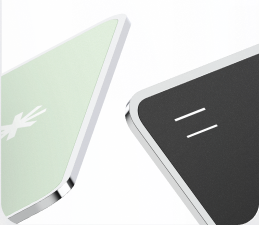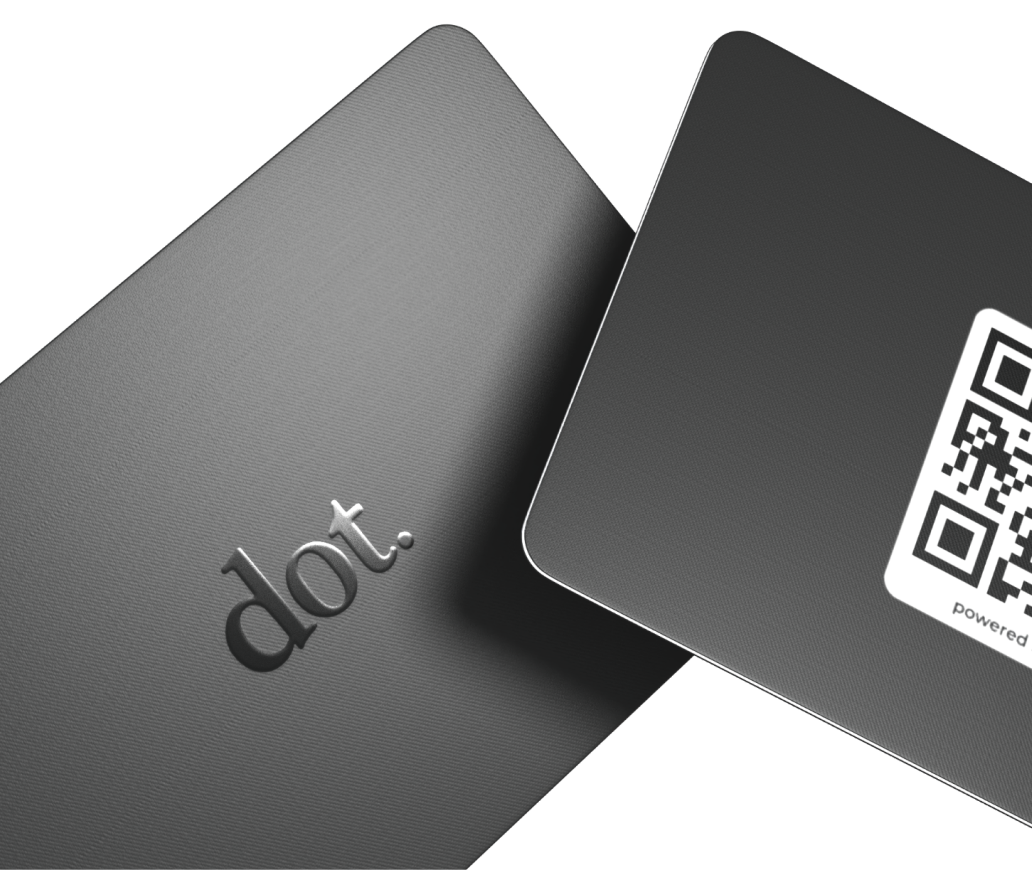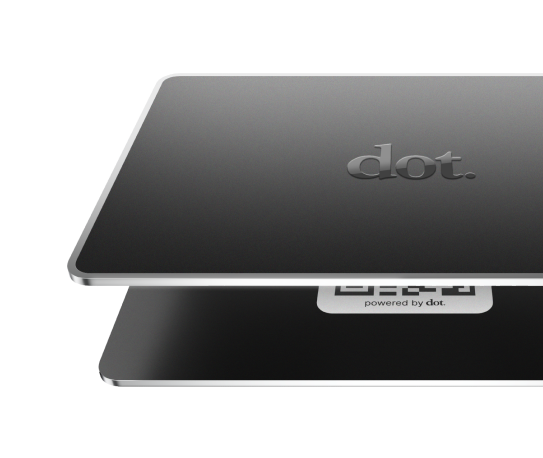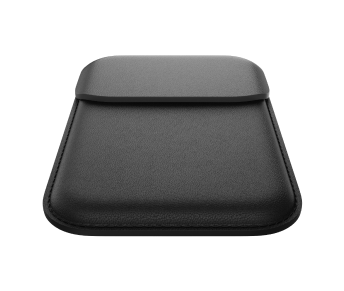Are you a small business owner struggling to come up with new and innovative ideas? Do you find yourself stuck in a rut and unsure of how to move your business forward? If so, you're not alone. Many, if not all small business owners face these challenges on a daily basis. Fortunately for all involved there is a prime solution: design thinking.
What is design thinking you may ask? Don’t worry, we’ve got you covered: design thinking is a problem-solving framework that can help small business owners overcome these challenges by providing a structured approach to innovation. If you are a small business owner stay tuned, because in this article we'll be taking a closer look at what design thinking is and how you can use it to drive innovation in your small business.
What is Design Thinking?
Design thinking is a human-centered approach to problem-solving that focuses on understanding the needs and desires of the people who will use the product or service being developed. The goal of design thinking is to create innovative solutions that are both desirable and feasible.
The design thinking process typically consists of five stages:
- Empathize: Understand the needs and desires of the people you are designing for.
- Define: Define the problem you are trying to solve.
- Ideate: Generate a wide range of ideas.
- Prototype: Create a physical or digital prototype of your solution.
- Test: Test your solution with real users and gather feedback.
How to Use Design Thinking in Your Small Business
Now that we've covered the basics of design thinking, let's take a closer look at how you can use it to drive innovation in your small business.
1. Start by Empathizing with Your Customers
The first step in the design thinking process is to empathize with your customers. This means taking the time to understand their needs, desires, and pain points. Talk to your customers, observe their behavior, and gather feedback to gain a deeper understanding of their needs. Understanding your customer is the first step in establishing any successful business.
2. Define the Problem You're Trying to Solve
Once you have a clear understanding of your customers' needs, the next step is to define the problem you're trying to solve. This will help you focus your efforts and ensure that your solution is aligned with your customers' needs. Identifying your customer’s needs will empower your business to solve their problems.
3. Ideate and Generate a Wide Range of Ideas
With a clear problem statement in mind, it's time to start generating ideas. Use brainstorming techniques to come up with a wide range of ideas, no matter how unconventional they may seem. Don’t shy away from getting creative! There’s nothing wrong with experimenting and working through your many ideas as you’ll never know what you may come up with!
4. Prototype and Test Your Solutions
Once you have a list of ideas, it's time to start prototyping. Create physical or digital prototypes of your solutions and test them with real users. Gather feedback and use it to refine your solutions. This stage is one of the most exciting as you’ll be testing proofs of concept and really seeing what works and what doesn’t.
5. Iterate and Refine Your Solutions
Finally, use the feedback you've gathered to iterate and refine your solutions. Keep testing and refining until you have a solution that is both desirable and feasible. You’ll know once you’ve reached a stopping point as it’ll be clear through your various stages of iteration and refinement.
In the end, design thinking is a powerful problem-solving framework that can help small business owners drive innovation and overcome challenges. By following the five stages of the design thinking process, you can gain a deeper understanding of your customers' needs, define the problem you're trying to solve, generate a wide range of ideas, prototype and test your solutions, and iterate and refine until you have a solution that is both desirable and feasible. Give it a try and see how it can help your small business thrive!
Remember: you have nothing to lose! So get out there, get creative, and get to work. You may surprise yourself with just how far you’ll go and what you ultimately achieve.










































